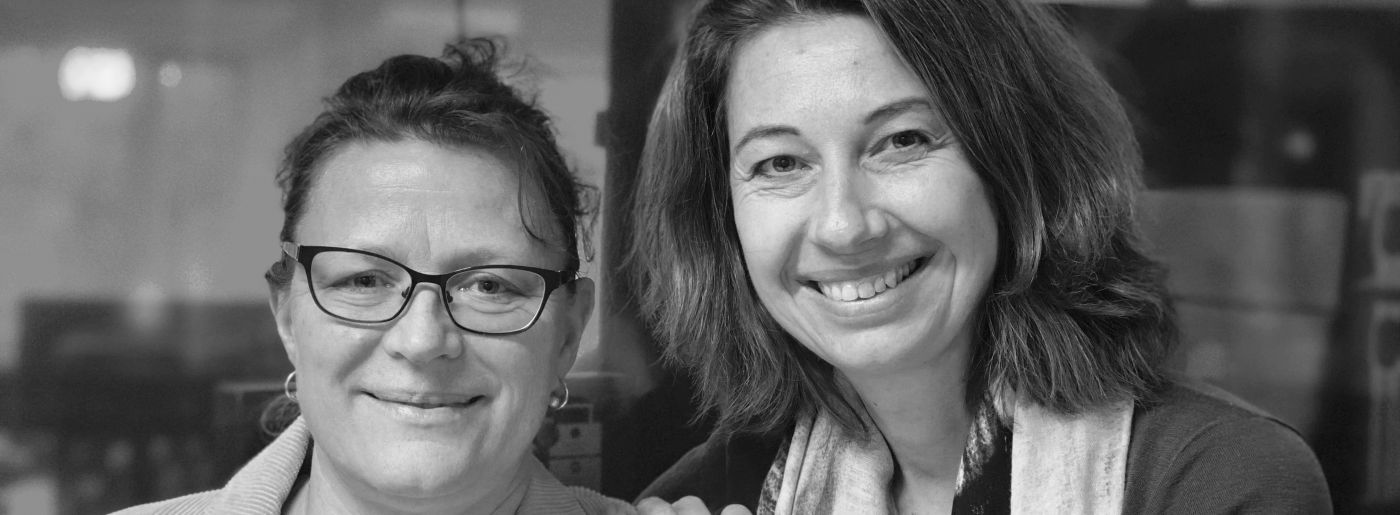Personalized Cancer Treatment

What is DNA-sequencing and how does science meet today's technology? In this episode, Åslaug and Silvija discuss gene sequencing at OUH and the commitment to develop new and better methods to further precise diagnostics that will facilitate personalized treatment.
Follow this link to listen to the podcast!
Learnings from the episode
- Cancer treatment
- Diagnostics
- Lung cancer
- DNA-sequencing
- Age-related diseases
This article is from an episode of #Lørn, made in collaboration with LørnTech.
Quick Q and A with Åslaug
Title and company:
Senior Oncologist at OUH and Head of
Research at the Cancer Clinic.
Education?
Doctor of medicine.
SoMe tag?
@HellandAslaug
Who are you and how did you get into innovation in health?
I am a Senior Oncologist who
works with lung cancer at OUH. Moreover, I have always worked with research
and was recently constituted as Head of Research at the Cancer Clinic. From what I have seen, there is a need for innovation to solve challenges and bottlenecks within public health care. I am all for a great public health care. A health care in which
everyone can benefit from that parties can act as spearheads in their own professional field.
" ... there is a need for innovation to solve challenges and bottlenecks within public health care. "
What is the main problem that you are trying to solve at your place of work?
Luckily, we have more possibilities today compared to what we had
in the past. Lung cancer belongs to a professional field that has taken part in a development. In the
past, there was little to provide or offer patients with lung cancer. It was all about discovering the
cancer as late as possible because there was nothing we could do for the patients. Today, more options are available in regards to diagnostic processes and treatments. The options are costly and includes diagnostics, treatments with cancer
drugs, radiation, and follow-up care.
What is your focus within technology and main project at the moment?
Diagnostics is the core of
being able to personalize treatment. Hence, we will have to sequence and join in
on developing good methods for precise diagnostics.
Why do you find this exciting?
This can help a large number of
patients with many diseases. We also observe upcoming developments within our professional field, which does not only concern gene sequencing, as it includes how Artificial
Intelligence (AI) and several layers of information can be utilized to tailor treatments
for each patient.
What dilemmas do you find interesting within your professional field?
There is a lot of focus on
costs within public health care. The most expensive treatment is the one that
does not work, which applies both to patients and society alike. Large investments are also needed for new technology, which in turn could save resources over time, like if we were
to introduce AI into uncomplicated services provided within radiology and pathology.
" The most expensive treatment is the one that does not work, which applies both to patients and society alike. "
Other important projects of yours over the last year?
Clinical studies and traditional, clinical research.
What do we do uniquely well in Norway related to your professional field?
We have a great public health
care and a number of unbelievably skilled professionals.
What do you think is the most relevant knowledge for the future?
Knowledge and technology related
to specific tasks and needs.
Recommended literature / videos about your professional field?
Nature, published in 2019. Follow this link.
The most important point from our conversation?
We need new technology to solve our tasks!
Food for Thought
The goal is to create personalized treatment, as well as to eliminate the treatment that does not work. In which way is it crucial that doctors and health care personnel collaborates across different areas to ensure the rapid, forward progress in the medical development? How can the nurse contribute to developments in the laboratory at the hands of the scientist?
" The goal is to create personalized treatment, as well as to eliminate the treatment that does not work. "
Åslaug Helland
Senior Oncologist and Head of Research at the Cancer Clinic
Oslo University Hospital

Relevant Projects

Extraction of text from health records with NLP and ML

ProtehCT


